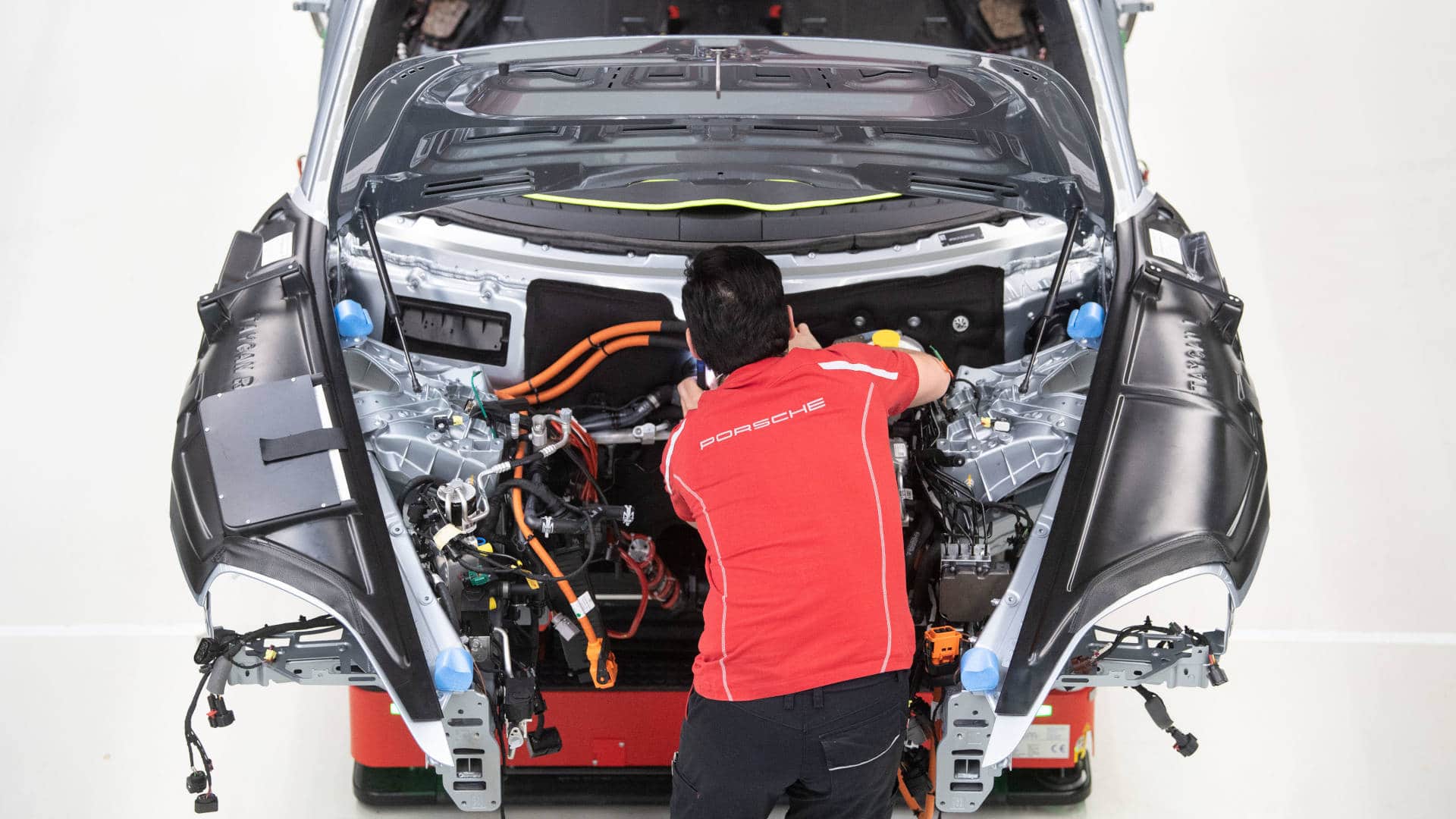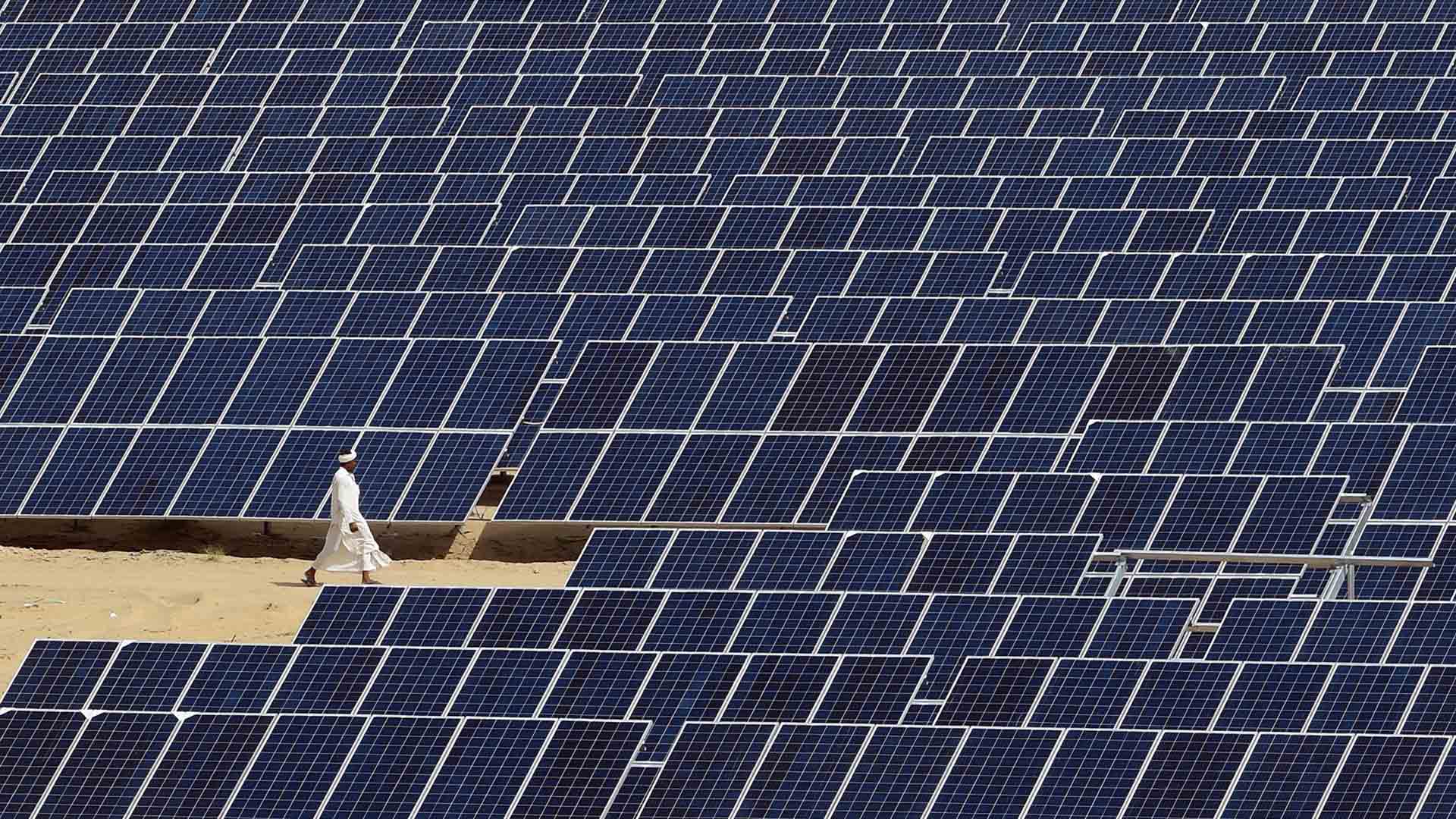In September, Tesla announced that it would be phasing out the use of cobalt in its batteries, in an effort to produce a $25,000 electric vehicle within three years. If successful, this bold move will be an industry game changer, making electric vehicles competitive with conventional counterparts. But the announcement also underscores one of the fundamental challenges that will complicate the transition to electric vehicles. Without cobalt, there may be little financial incentive to recycle the massive batteries used to power the cars — and that could lead to an environmental disaster.
The switch to electric vehicles has been promoted as a major, necessary step to reduce greenhouse gas emissions in order to stave off the worst effects of a changing climate. The switch would also significantly reduce health risks associated with vehicle emissions. Every major auto manufacturer now has at least one electric vehicle in production, and some — including Daimler, Volkswagen, and General Motors — have pledged to phase out the production of gas and diesel engines entirely. More than a dozen countries, including many in Europe, have said they plan to ban sales of gasoline and diesel cars by 2040 or sooner. California also just announced a plan to phase out gas and diesel cars by 2035.
But electric cars have their own dirty little secret: Every electric vehicle, and most hybrid vehicles, rely on large lithium-ion batteries weighing hundreds of pounds. One of the largest, the battery for the Mercedes-Benz EQC, comes in at 1,400 pounds. Typically made with cobalt, nickel, and manganese, among other components, these batteries cost thousands of dollars and come with an environmental burden: They require ingredients sourced from polluting mines and smelters around the world, and they can ultimately contaminate soil and water supplies if improperly disposed.
In the rush to embrace this technology, auto companies are adopting the same pretense that has been embraced by the plastics industry: They are claiming that used batteries will be recycled. However, the truth is being swept under the rug. None of the lithium-ion batteries in electric vehicles are recyclable in the same sense that paper, glass, and lead car batteries are. Although efforts to improve recycling methods are underway, generally only around half the materials in these batteries are currently extracted and repurposed. And without the most valuable ingredients, there will be little economic incentive to invest in recycling technologies. The result, if nothing is done to tip the scales, could be a massive health and environmental crisis.
Despite ongoing research into recycling technology, this situation is unlikely to resolve itself. Lithium-ion battery makers have yet to develop the technology that can economically extract components in a form that can be used to make new lithium-ion batteries. Rather, the batteries are typically processed to remove the cobalt and a few other expensive metals, with much of the remainder released as air emissions or used as filler in concrete or other construction products. This is one reason why less than 5 percent of lithium-ion batteries are currently recycled.
Complicating matters further, different battery makers use different ingredients, cells, and modules, which makes the extraction process less efficient and more expensive. In fact, manufacturers are not even required to disclose the contents of their batteries to would-be recyclers.
To account for the inevitable growth in this waste stream, manufacturers and electric vehicle advocates are touting the potential for these batteries to be reused after their useful life in vehicles has been realized. Some companies have launched efforts to repurpose these high voltage, flammable electric vehicle batteries for solar energy storage and other backup power applications by rebuilding batteries using a combination of reused and new parts. But even if these efforts succeed in developing technologies to safely and economically remove, transport, dismantle, and remanufacture batteries, this would simply delay a battery’s ultimate fate by a few years.
The business case for recycling will become even more tenuous as Tesla and other car manufacturers take steps to lower costs by eliminating the most expensive metal components from their battery designs. Even if auto companies succeed only at reducing the concentration of these components, financial incentives will be needed to ensure that these batteries are collected and recycled. These subsidies will need to make up for the difference between the cost of transporting and processing spent batteries and the value of the extracted materials.
Without these incentives, lithium-ion batteries will be dumped, incinerated, or exported to countries with weaker standards, where they will contaminate the environment and threaten public health. Nickel has been shown to cause lung and nasal cancers, reduce lung function, and cause bronchitis. Cobalt can cause serious health conditions such as asthma and pneumonia, and it is a possible carcinogen. Exposure to manganese can result in respiratory problems, loss of coordination, and other neurological problems.
We have already started shifting the burden of lithium-ion battery disposal to low- and middle-income countries, many of which lack stringent environmental safeguards and the facilities to recycle or otherwise process used batteries in an environmentally sound way. Some have even put in place incentives, including tax waivers, to encourage used electric and hybrid vehicle imports. A recent United Nations report found that hundreds of thousands of electric and hybrid vehicles are being exported annually from Japan, the E.U. and the U.S. to countries like Sri Lanka and Mauritius.
To avoid the acceleration of these trends, regulations will be needed as we shift to an electric vehicle future. Whereas China and the E.U. require electric vehicle manufacturers to take back spent batteries from consumers, no similar regulation or legislation has been adopted in the U.S. The track record in the U.S. for recycling e-waste does not offer much relief. Only three states have extended producer responsibility laws mandating that manufacturers take back lithium-ion batteries used in electronics, and none include vehicles. There are no clear prohibitions against exporting used lithium-ion batteries or selling used vehicles with degraded batteries to low-income countries at fire-sale prices.
But these are still early days, and there is still time to implement legislative solutions that can help avert an impending waste crisis. To that end, the California Environmental Protection Agency has formed a multi-stakeholder committee, of which I am a member, that will advise the state legislature on crafting practical solutions.
Today, most electric vehicles retail at the luxury end of the market, with sticker prices up to $150,000. The federal government subsidizes these sales — as do some state governments — to help electric cars compete with conventional vehicles. But as battery prices and production costs fall, such subsides will no longer be needed. In anticipation of the expected increase in sales, we must start now to plan for a future when individual lithium-ion battery consumption transitions from the one-ounce battery in your cell phone to the behemoth in your garage.
Perry Gottesfeld is the executive director of Occupational Knowledge International and a member of the California Environmental Protection Agency’s Lithium-ion Car Battery Recycling Advisory Group.












Comments are automatically closed one year after article publication. Archived comments are below.
I enjoyed the wonderful sounds factual article, I appreciate you gving me never before heard of out in the community informative material on climate soil. I agree that if we bury toxic material in our soils that will effect our livelyhood food source. Check out re 2021 current soil challenge on Netflix “Kiss the Ground”
Early on when I realized the push for electric modern cars I recall wondering if this is going to be the next environmental catastrophe. We spent decades decades developing clean burning gasoline and diesel cars. For What, only to be plagued by disposal of batteries.
As from their beginning “Where do you store the battery when its spent”? Smoe will say landfills, junkyards but and that’s a big but!
Link from a friend of mine:
https://spectrum.ieee.org/energy/batteries-storage/lithiumion-battery-recycling-finally-takes-off-in-north-america-and-europe
Cooking is my passion. I love spending time in the kitchen
Perry – Our thoughts are similar. Check out what we have done for Reuse.
https://ocoil.com/blog/f/reuse-of-lithium-ion-batteries
Dan at OCoil.com
Thanks Perry for this piece on disposable cars.
Dan at OCoil.com
Thanks Perry for an informative article. I woke up this morning with the question of electric car batteries on my mind and wanted a quick objective review in 2021. I found your article. Well, written without too much blather. Yes, a few opinions, but—speaking a s writer myself—that is what makes an article engaging and not just a another pile of numbers. Oh, and thanks to the commentators for your views for and against. I feel somewhat appraised and can sally forth with a curious and open mind. What did I get out of it that is new? Precious metal supply security for existing and burgeoning manufacturing nations. Traceability and possible attempts at national “ownership” of original materials. The problem beyond the problem. Oh, did I mention I am a futurist? Happy face to you all.
From the author: Thanks Dave for your comment and yes the whole point is to bring attention to this issue before it is too late to implements systems to reduce these impacts. It is not good enough to just say “We have enabled the reuse or recycling of 100 percent of returned batteries” as GM has done. We need fewer “enablers” and more companies taking responsibility.
another looting and trash of resources done by the now green privileged first world and its fanboys.
This is merely more evidence showing that electric vehicles are no solution to the climate crisis, merely a technophile’s fantasy come to life. The private ownership of cars must end, and soon. Uber/Lyft et al must be legislated out of existence. These goals are regarded even by most green NGOs as too radical. Not so…
“The Science and Technology Select Committee says technology alone cannot solve the problem of greenhouse gas emissions from transport. In its report, the committee said: “In the long-term, widespread personal vehicle ownership does not appear to be compatible with significant decarbonisation.””
https://www.bbc.co.uk/news/business-49425402
And perhaps a sceptical reader will point me to a clean, green mine which produces anything that the battery industry uses.
absolutely, material ownership and hoarding is the basis of contamination and also material deprivation
We certainly need to handle the issue of battery reuse, recycling and disposal in an environmentally friendly manner, and I agree completely that regulations are needed to ensure it.
That said – how can a site devoted to understanding science publish an article that is so miserly with numbers? It never says how long car batteries last (hint: at least 10 years and growing), how much longer they can be reused in stationary applications like home & grid storage, how big the waste stream is expected to be, and how much it would cost to responsibly dispose of a battery that no longer has any useful life.
This article’s information is incorrect. First, the new EV batteries are being designed to support more total miles than the cars during a 10 year ownership, and the “second life” as energy storage for renewal sources (solar and wind) will last another 10 years. That’s a projected total life of 20 years. Second, cobalt is being eliminated, nickel and manganese and graphite can easily be recycled safely. The reality is that ICE (internal combustion engines) not only burn gasoline (significant CO2 footprint) but are made with lots of hoses to circulate hot fluids (oil, coolant, etc) which are frequently replaced . The total environmental impact of EV will be drastically less than ICE.
same dog different collar, there are compressors attached to wind turbines that can generate compressed air,liquid nitrogen, etc that can be used for transportation with no electric energy involved.
with thermal an mechanical renewable energy, electric energy ceases to exist
Wait! EV makers are “just like plastics makers.” But then you admit that both China *and* the EU require EV makers to take back batteries. News flash: in 2020 China and EU accounted for >70% of global EV sales.
So… they’re just like plastics makers, except that they are forced to take back products from day one, and plastics makers have been drowning us in plastic for 70 years and are *still* not required.
Then, what’s this at the end about “most EVs being sold in the luxury segment… up to $150k.” Have you been asleep for a decade?
Anti-EV rants: just like anti-vax rants, a hobby embraced equally by far right and fellow travelers on the far left. Go figure.
The solution needs to be:
1. Mandate cradle to grave responsibility of the EVs by the manufacturers.
2. To that end, include a recycle fee in the EV purchase price.
3. Enforce the EV manufacturers to comply with recycling the complete vehicle at end-of-life.
Doing anything else is kidding oneself and places the disposal burden on the taxpayers and general public. It is time to stop the fraud that EVs are environmentally friendly. There is no vehicle or energy source that is not polluting. This policy should apply to ICE vehicles.
Very informative article! However, I would like to see a comparison of environmental costs associated with disposal of electric cars versus conventional cars.
Author response: I like to think it is not either or in terms of electric vs. conventional. Both are already on the road and the question is how to safely dispose of these materials.
Thanks Perry for making “noise” about this potential problem that we need to address. Probably could be done by collecting a fee as is done with electronics at point-of-sale. That $ could then support recycling by paying both recyclers and those turning in the batteries. Also was turned off a bit by the alarmist claims–some which have yet to happen or are slight misrepresentations. Yes–we have a potentially huge problem–but it is solvable. And the alternative–continued use of fossil-fuel based vehicles and their impact on the environment is much more problematic. Happy to see you are part of CA’s efforts to find solutions to this issue, but please–can we stop seeking the perfect and by doing so, failing to even get the good? We need to decarbonize ASAP. So let’s go ahead and move to decarbonized transportation and do so more responsibly than we did with vehicles and many other fossil fuel based energy uses in the past.
Author response: I am glad to be labeled an “alarmist” if that means we get attention to this issue before it’s too late. Of course there are many unknowns in regards to future technologies for manufacturing and recycling lithium-ion batteries, but we know enough to say there will be a cost to address end-of-life batteries. In addition, unless the US were to change course and ratify the Basel Convention we know that these batteries will be exported and we are already exporting tens of thousands of used hybrid vehicles with lithium-ion batteries to countries without the regulatory, technical and financial ability to address of end-of-life in an environmentally sound manner.